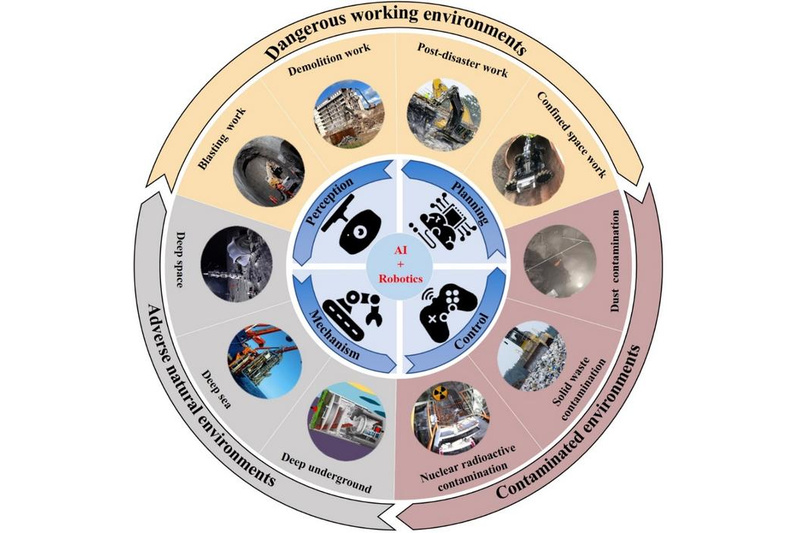

There are already several methods for the introduction of modifications in proteins which make use of the particular nucleophilicity of the cysteine side chain. Some of them are based on the fusion of two intein fragments to generate an active intein. However, the methods known so far are not regioselective.<br><br>
In contrast, the novel method according to the present invention splits the synthesis of the modified protein into two steps:<br><br> <ol><li>An auxiliary protein, consisting of an intein fragment and an extein sequence, is modified with a group (label) that will be introduced into the target protein.<br><br> <li>A target protein is fused with a complementary intein fragment and subsequently reacts with the modified auxiliary protein. Both intein fragments fuse to the active protein which autocatalitically excises by protein splicing and thereby connects the extein and the target protein via a peptide bond.</ol>
Further Information: PDF
TransMIT Gesellschaft für Technologietransfer mbH
Phone: +49 (0)641/943 64-12
Contact
Dr. Peter Stumpf














